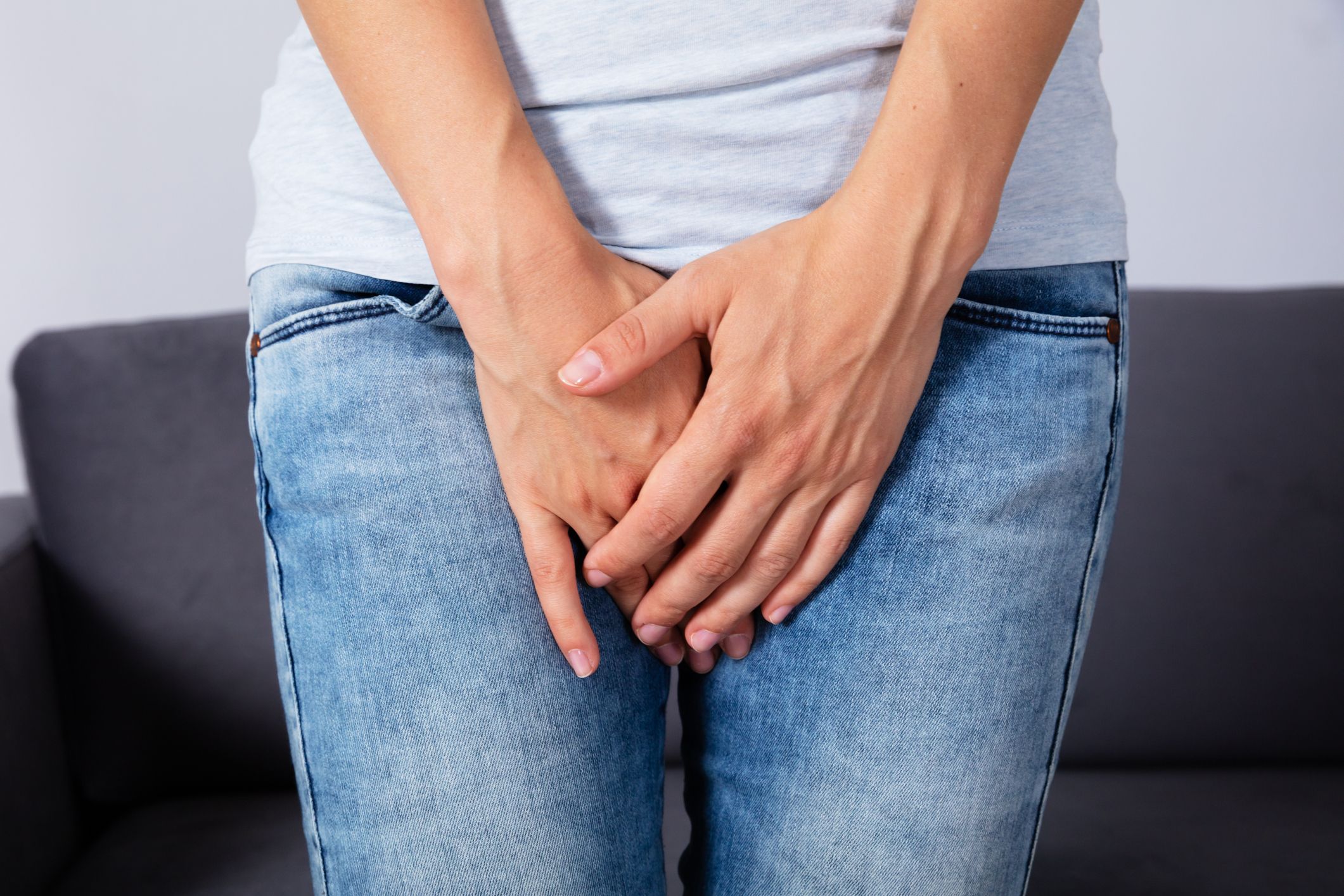It’s something no one really wants to speak about. But it’s happening to a lot of us. Often out of embarrassment, women frequently suffer in silence, keeping it a secret that they leak urine. Because incontinence is rarely discussed in the media and countless victims refrain from opening up to friends, many women assume that they’re alone in suffering from this condition.
But they aren’t. One in three women in their twenties and thirties experience light bladder leakage (LBL), also known as urinary incontinence. LBL is involuntary bladder loss. And about three-quarters of women have experienced leaks from sneezing, laughing or cough. That’s a lot of women, but they still shy away from talking about it. Symptoms often go unreported and, therefore, untreated. Many people wait years until they finally contact their health care professional.
LBL can happen to all kinds of women for various reasons and at any stage of life. However, it’s common during pregnancy, when hormonal changes and the increased weight of the fetus can lead to incontinence. It also can happen after childbirth, since pressure on the bladder weakens the pelvic floor muscles. LBL can be triggered by factors such as certain diet choices and obesity. It can also be triggered by menopause, when women’s bodies aren’t producing as much estrogen, a hormone that keeps the lining of the bladder and urethra healthy. Deterioration of these tissues can aggravate incontinence.
Regardless, don’t be ashamed to speak with your doctor about your condition. “For years, women have had this stigma on urine incontinence,” says Jessica Shepherd, M.D., and an OB/GYN who speaks on behalf of Poise, which makes LBL products like pads and liners to treat all kinds of bladder leaks. “They feel shame or guilt associated with the actual diagnosis, but it really can affect women from a young age to older.” These feelings prevent women from getting the right treatment.
Keep a diary of when leaks happen, how often, and how much. Share it with your doctor to help him diagnose and treat your symptoms. “The shame prevents many women from bringing it up to their doctors, learning about and getting proper treatment,” she says.
Although it can be a difficult subject to discuss with others, the good news is LBL is manageable. Treatment options depend on the type of incontinence you’re having. Stress incontinence, for example, can be treated with physical therapy, medical support or surgery. Urge incontinence is when the nerves feeding the muscles or bladder wall muscles themselves fire at times they shouldn’t. That gives you the sudden urge to go, with leakage if you can’t get to a restroom quickly. This condition is often treated with medications.
One of the best ways to manage LBL is to strengthen your pelvic floor (which is made of all the muscles keeping your bladder, uterus and bowel in place). Pelvic floor exercises can make these muscles firm so you can regain control of your bladder. You can also improve your bladder control and reduce LBL by eating healthfully (obesity can lead to urinary incontinence) and avoiding constipation (compacted and hard stool can increase urinary frequency). Since certain drinks stimulate your bladder and increase your urine volume, reduce or cut out caffeinated, carbonated and alcoholic beverages.
- Stress Urinary Incontinence: It Can Be Treated - HealthyWomen ›
- How to Know if You Have Urinary Incontinence - HealthyWomen ›
- Urinary incontinence ›
- FAQs About Bladder Leakage - HealthyWomen ›
- Menopause and Bladder Leakage - HealthyWomen ›
- After a Traumatic Vaginal Birth, I Live with Bladder Leakage - HealthyWomen ›
- Did You Know There Are Different Types of Bladder Leakage? - HealthyWomen ›
- Urinary Incontinence During Pregnancy and After Pregnancy - HealthyWomen ›
- Incontinencia urinaria durante y después del embarazo - HealthyWomen ›
- ¿Sabías que hay varios tipos de filtraciones de la vejiga? - HealthyWomen ›


